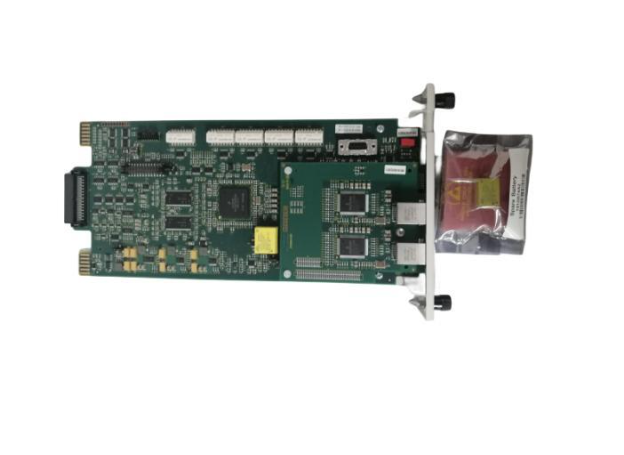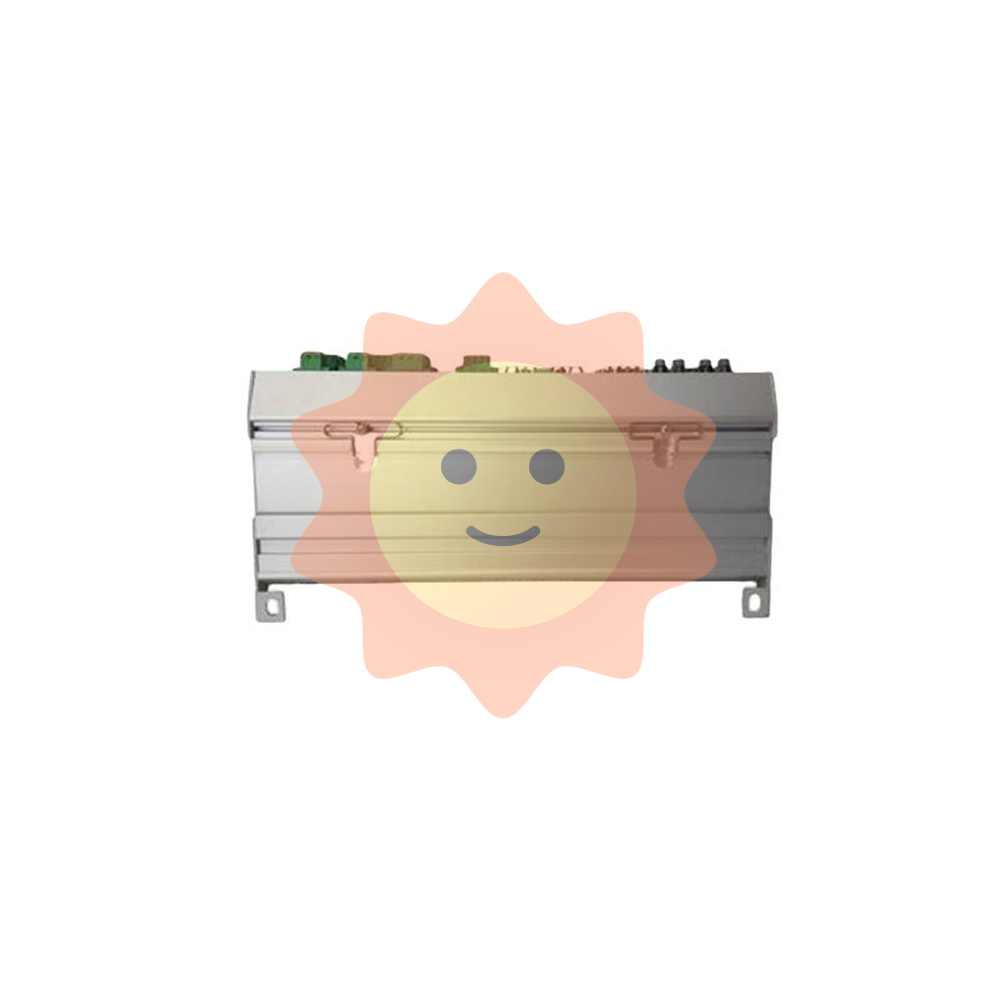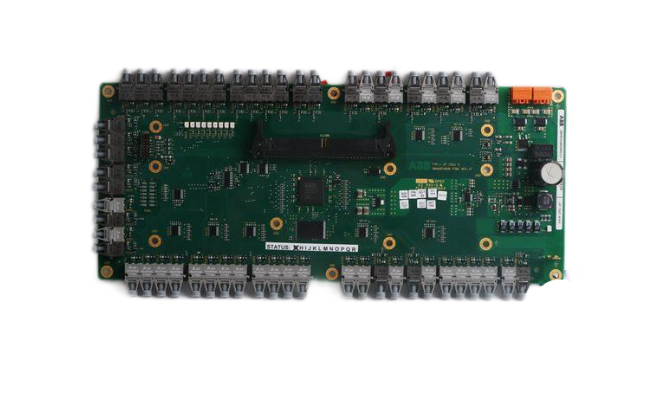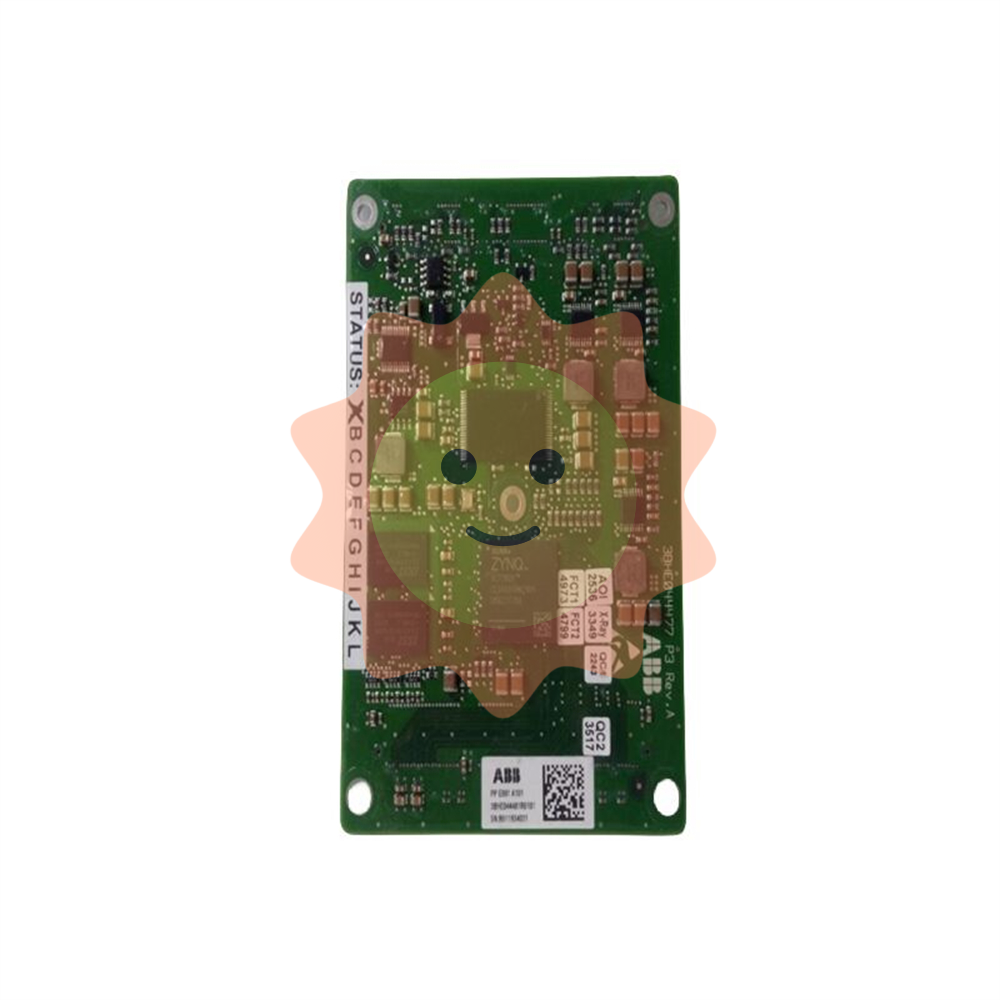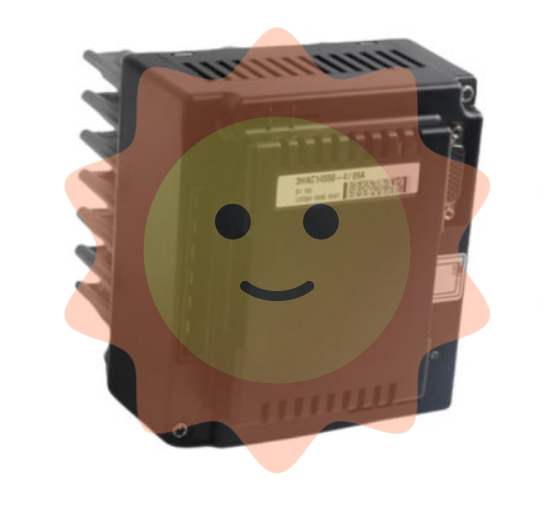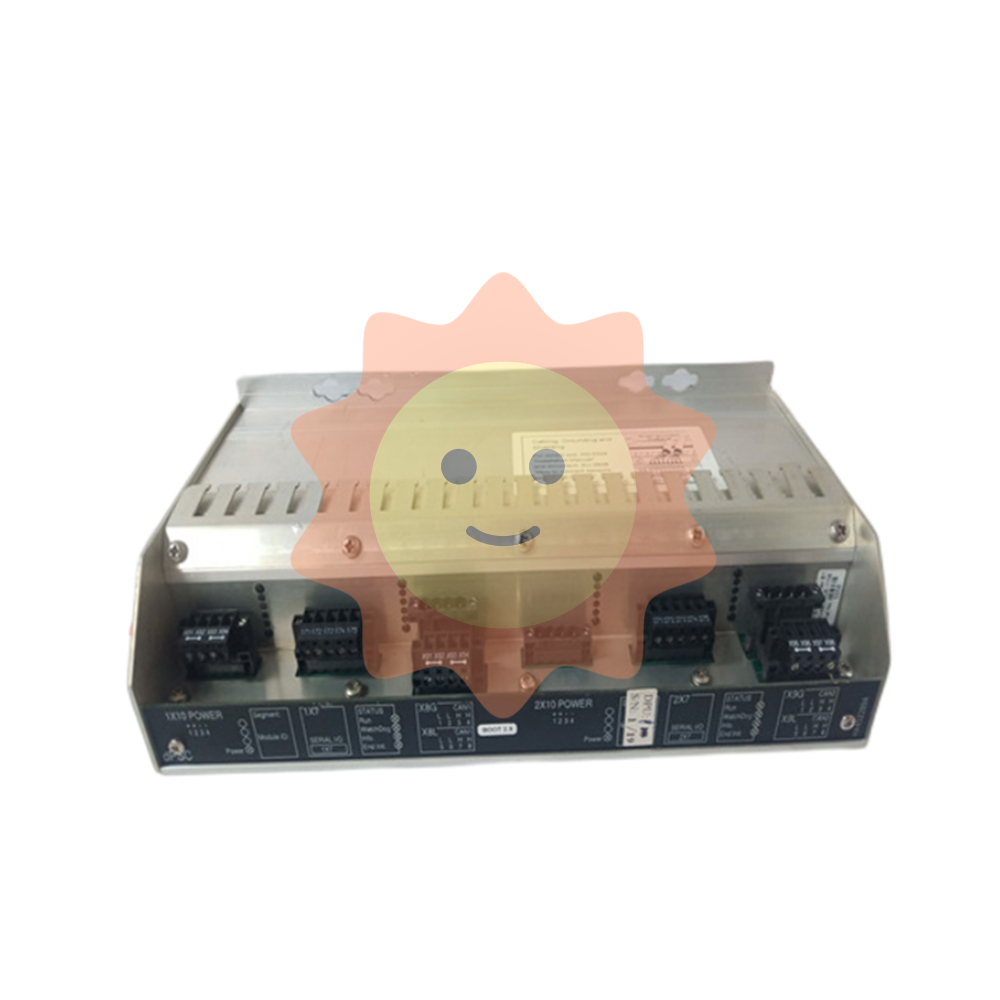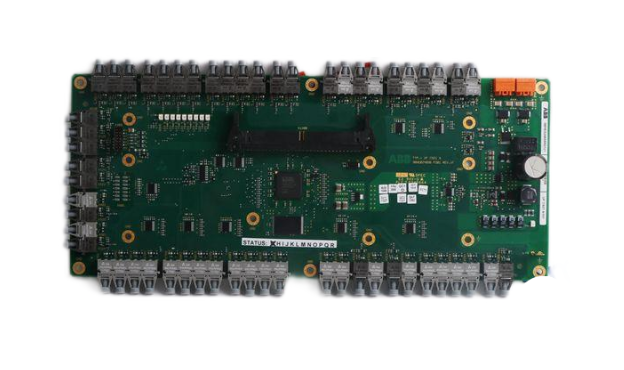The advanced stage of social development in early modern Europe
The English word "empowerment" can be understood as "empowerment" and "empowerment". As a "new media" loved by everyone in early modern Europe, printed pamphlets also played an irreplaceable "empowering" effect on the advanced development of the whole European society, which was manifested as follows: in politics, it laid a tradition of political participation supported by "freedom of publication"; In terms of economy, it opens a kind of media economy model with "cheap orientation" as the basic strategy; In terms of culture, it foreshadows a path of cultural prosperity with "media fusion" as an important concept.
First look at the political empowerment of printed pamphlets. In the early modern history of the West, from the ideological liberation movements such as the Renaissance, the Religious Reform and the Enlightenment, to the political revolution waves such as the Dutch Revolution, the British bourgeois revolution and the French Revolution, the reason why the emerging bourgeoisie gradually began to establish an ideological system and political system in line with its class interests and value orientation. Although sometimes there is no lack of empowerment to support the "iron and blood" type of armed struggle, the conventional empowerment throughout is still the "new media" empowerment with printed pamphlets as the main force. On the one hand, as a "new media" loved by everyone, printed pamphlets provided "public opinion weapons" for the emerging bourgeoisie to carry out propaganda, organize the masses and wage struggles. On the other hand, the printed pamphlet, as an "environmental" incentive, directly stimulated the emergence of the idea of "freedom of the press", thus giving a solid "ideological justice" to all kinds of political expression and political participation of the bourgeoisie. As the originator of the concept of "freedom of the press", John Milton, as mentioned above, was in an "age of widespread pamphlet use", and was not only an avid pamphleteer himself [18], but also keenly aware of the value of pamphlets, which he called "freedom of the press". To a large extent, it refers to the freedom of the press of "printed pamphlets" : "The press which Milton contemplates as freedom of the press originally refers to pamphlets and books formed by the means of printing." [19]

Secondly, look at the economic empowerment of printed pamphlets. From the perspective of conceptual history, "media economy" belongs to the product of modern "media economics" or "media economics" [20]. As a "special" part of the social economic structure, it belongs to the "ancient" objective existence. The reason why it is called "ancient" is that the media economic behaviors such as making books, selling books, renting books and chartering books are very common in ancient eastern and Western cultures. The reason why it is called "special" is that other economic components are mainly related to the distribution of material wealth, while the "media economy" is not only related to the distribution of material wealth, but also to the distribution of knowledge wealth. Palmer Joe Colton and Lloyd Kramer note that in the early modern period and before, Europe's "elite culture was popular orally within some families and social circles, but largely transmitted by books." Although popular culture was also expressed in cheap almanacs, pamphlets, woodcuts and woodblock prints, the oral narrative dominated. "[21] The reason for this is largely that real "books", including "printed books", are only accessible to a few privileged and wealthy people. And printed pamphlets because of very low production costs and low sales prices, so that the ordinary people who are not very rich also have sufficient consumption power. In other words, "books" as "works of art" prescribe a "media economy of the elite", while "pamphlets" as "loved by all" prescribe a "media economy of the common people". Compared with the real rise of "cheap newspapers" after the industrial revolution, "printed pamphlets" can obviously be called the founder and pioneer of this media economy model.
Finally look at the cultural empowerment of printed pamphlets. In general, the academic community basically defines and analyzes "media convergence" as "new things" and "new words" [22]. However, if we refer to the "compensatory theory" of media evolution, human beings have been constantly trying to carry out "media fusion" - on the basis of old media, make up for its shortcomings, learn from its strengths, and thus "integrate" to create a new media. In early modern Europe, printed pamphlets became "popular", not only because of its low price, but also because of its "extensive knowledge" : first, by resorting to the form of writing, oral culture can be transformed into written culture, so that it can be accurately recorded and preserved for a long time; Second, by resorting to the form of printing, the handwriting culture can be upgraded to the printed culture, so that its production is faster and more widely spread; Third, the ideological content of large books can be disseminated to the public in the form of abbreviated or condensed versions; Fourth, the fragmentary content of leaflets and newspapers can be spread centrally by means of collection or compilation. In other words, as a form of media that is very simple to produce and very flexible page numbers, printed pamphlets can "integrate" the advantages of multiple media such as tomes, leaflets, and regular newspapers. Peter Burke believes that there is an "eclectic" cultural form between "high culture" and "oral culture" in early modern Europe - "the culture of small ballads". Its main medium was printed pamphlets, which could be used to "present Ariosto's poems in a simplified form", or to "provide the plays of Lope de Vega and Calderon in a truncated form", or to distribute big novels such as Robinson Crusoe in a "shortened form" with "only 24 pages each". [23] The printed pamphlet and the resulting cultural boom can be called a preview of "media convergence."
From political empowerment, to economic empowerment, and then to cultural empowerment, compared with "printed books", "printed pamphlets" once again reflect its superior advantages of being more adaptable to the requirements of The Times and more environmentally constructive.
peroration

To sum up, not only in Gutenberg's "the first hundred years after the invention of printing", but even in the "three hundred years", that is, in the centuries from 1455 to 1800, which form of media through a wide range of "empowerment" and "empowerment", so as to "manifest" the real arrival of the "printing civilization" of "bright stars". It is clear, then, that it is not the "printed book" that is still mainly enjoyed by the elite as a "work of art," but the "printed booklet" that is "everywhere" as a "loved one." Rogers' theory of "diffusion of innovation" states that "many innovations require a long process, often lasting many years, before they become widely accepted." [24] The obvious social effect of the gap between "printed books" and "printed pamphlets" shows that whether the media, as an extension of people, is sufficiently "innovative" is first determined by technology, but whether it can quickly "spread" is also a comprehensive consideration of many factors, one of which is the specific form of the media.
The invention of Gutenberg's movable-type printing is of course an epoch-making technological revolution, but the constraints of form, at least in the "first hundred years" greatly eliminated the role of this technological revolution in the rapid advance of human society to "printing civilization". McLuhan identified the technical "innovation" of Gutenberg's movable type, but did not see that this technical "innovation" did not "spread" rapidly in the initial stage. Eisenstein found the slow "diffusion" of printing culture in the initial stage, but did not find that the constraints of the form level were an important reason for this slow "diffusion". Media is not only a channel through which information can be disseminated, but also a "constructor of the relationship between different subjects" in essence [25]. The printed book is "new media" in the technical dimension, but "old media" in the formal dimension, which mainly constructs a social relationship in which a small number of elites can be "empowered" and "empowered". The printed booklet is not only a "new media" in the technical dimension, but also a "fusion media" in the formal dimension, and its main construction is a social relationship that ordinary people can be "empowered" and "empowered". As the saying goes, "a miss is as good as a thousand miles", there is no essential difference between "printed books" and "printed pamphlets" in the technical dimension, but there is a "slight" difference in the form dimension. But precisely because of this, one does not make a "deep impression" in the "first hundred years," while the other, as "loved by all," becomes a real symbol of the apparent arrival of "printing civilization."
- EMERSON
- Honeywell
- CTI
- Rolls-Royce
- General Electric
- Woodward
- Yaskawa
- xYCOM
- Motorola
- Siemens
- Rockwell
- ABB
- B&R
- HIMA
- Construction site
- electricity
- Automobile market
- PLC
- DCS
- Motor drivers
- VSD
- Implications
- cement
- CO2
- CEM
- methane
- Artificial intelligence
- Titanic
- Solar energy
- Hydrogen fuel cell
- Hydrogen and fuel cells
- Hydrogen and oxygen fuel cells
- tyre
- Chemical fiber
- dynamo
- corpuscle
- Pulp and paper
- printing
- fossil
- FANUC
- Food and beverage
- Life science
- Sewage treatment
- Personal care
- electricity
- boats
- infrastructure
- Automobile industry
- metallurgy
- Nuclear power generation
- Geothermal power generation
- Water and wastewater
- Infrastructure construction
- Mine hazard
- steel
- papermaking
- Natural gas industry
- Infrastructure construction
- Power and energy
- Rubber and plastic
- Renewable energy
- pharmacy
- mining
- Plastic industry
- Schneider
- Kongsberg
- NI
- Wind energy
- International petroleum
- International new energy network
- gas
- WATLOW
- ProSoft
- SEW
- wind
- ADVANCED
- Reliance
- YOKOGAWA
- TRICONEX
- FOXBORO
- METSO
- MAN
- Advantest
- ADVANCED
- ALSTOM
- Control Wave
- AB
- AMAT
- STUDER
- KONGSBERG
- MOTOROLA
- DANAHER MOTION
- Bently
- Galil
- EATON
- MOLEX
- Triconex
- DEIF
- B&W
- ZYGO
- Aerotech
- DANFOSS
- KOLLMORGEN
- Beijer
- Endress+Hauser
- MOOG
- KB
- Moxa
- Rexroth


Email:wang@kongjiangauto.com


































































































